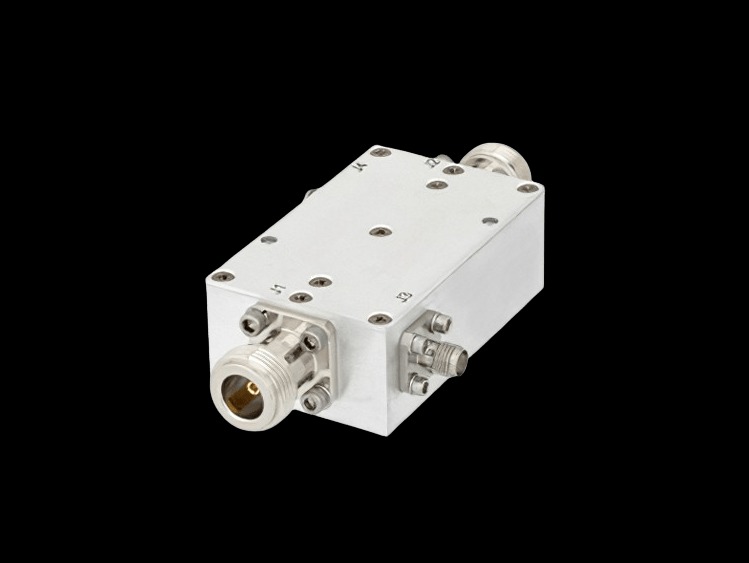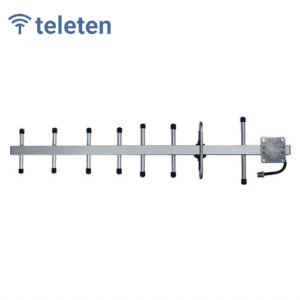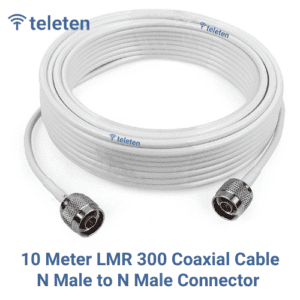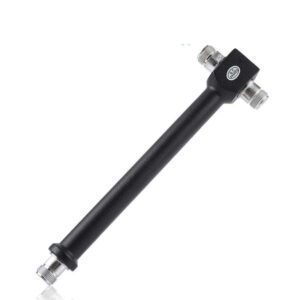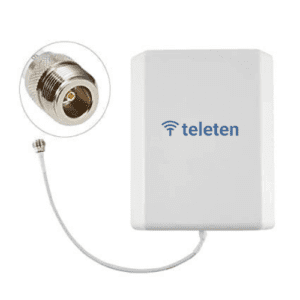Frequency Range: 800 MHz to 2500 MHz
This frequency range is applicable to several communication bands, including some used in cellular networks, Wi-Fi, and other RF applications.
Coupling Factor: 40 dB
The coupling factor indicates that the output signal is attenuated by 40 dB relative to the input signal. In practical terms, this means the coupled signal’s power is about 1/10,000 of the input signal power.
Directivity: Typically 20 dB to 30 dB
Directivity measures how well the coupler isolates the coupled output from the direct signal path. Higher directivity values indicate better isolation and reduced signal leakage.
Insertion Loss: Typically 0.5 dB to 1.0 dB
Insertion loss represents the amount of signal power lost due to the insertion of the coupler into the signal path. Lower insertion loss values are preferable as they indicate minimal signal attenuation.
Return Loss: Typically 15 dB to 25 dB
Return loss measures how well the coupler matches the impedance of the transmission line. Higher return loss values signify better impedance matching and reduced reflected signal.
Power Handling: Typically 10 W to 50 W
This denotes the maximum power the coupler can handle without sustaining damage. The exact power rating depends on the design and construction of the coupler.
Connector Type: N-type Female
The coupler features N-type female connectors, which are known for their robustness and are suitable for high-frequency applications. These connectors are threaded for secure connection with male connectors.
Construction: Typically made from high-grade materials such as aluminum or brass with dielectric materials like PTFE (Teflon)
The choice of materials impacts the coupler’s performance, durability, and frequency response.
Dimensions: Varies by model
The physical dimensions of the coupler will depend on its specific design and manufacturer. Ensure it fits within the physical constraints of your system.
Environmental Conditions:
Temperature Range: Typically from -40°C to +85°C
Humidity: Generally up to 95% non-condensing
Key Considerations:
High Attenuation: With a 40 dB coupling factor, this coupler provides a very high level of attenuation. This is useful for applications where precise and low-level signal measurement is necessary.
Performance Metrics: Ensure that the coupler has good directivity and low insertion loss to maintain accurate signal monitoring and minimize interference with the main signal path.
Application Suitability: This coupler is ideal for applications such as signal measurement, network testing, and calibration where high attenuation is required to analyze weak signal levels.

